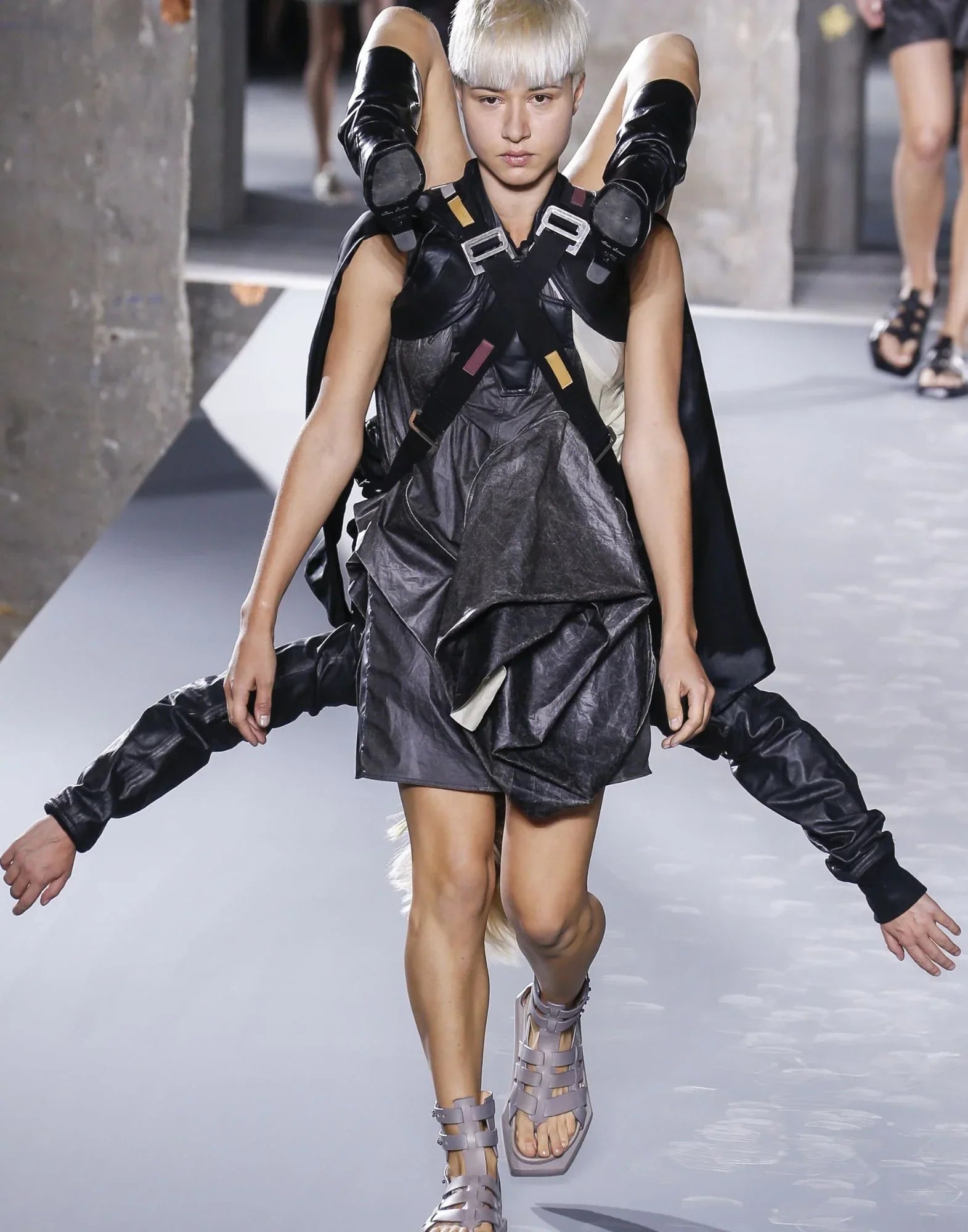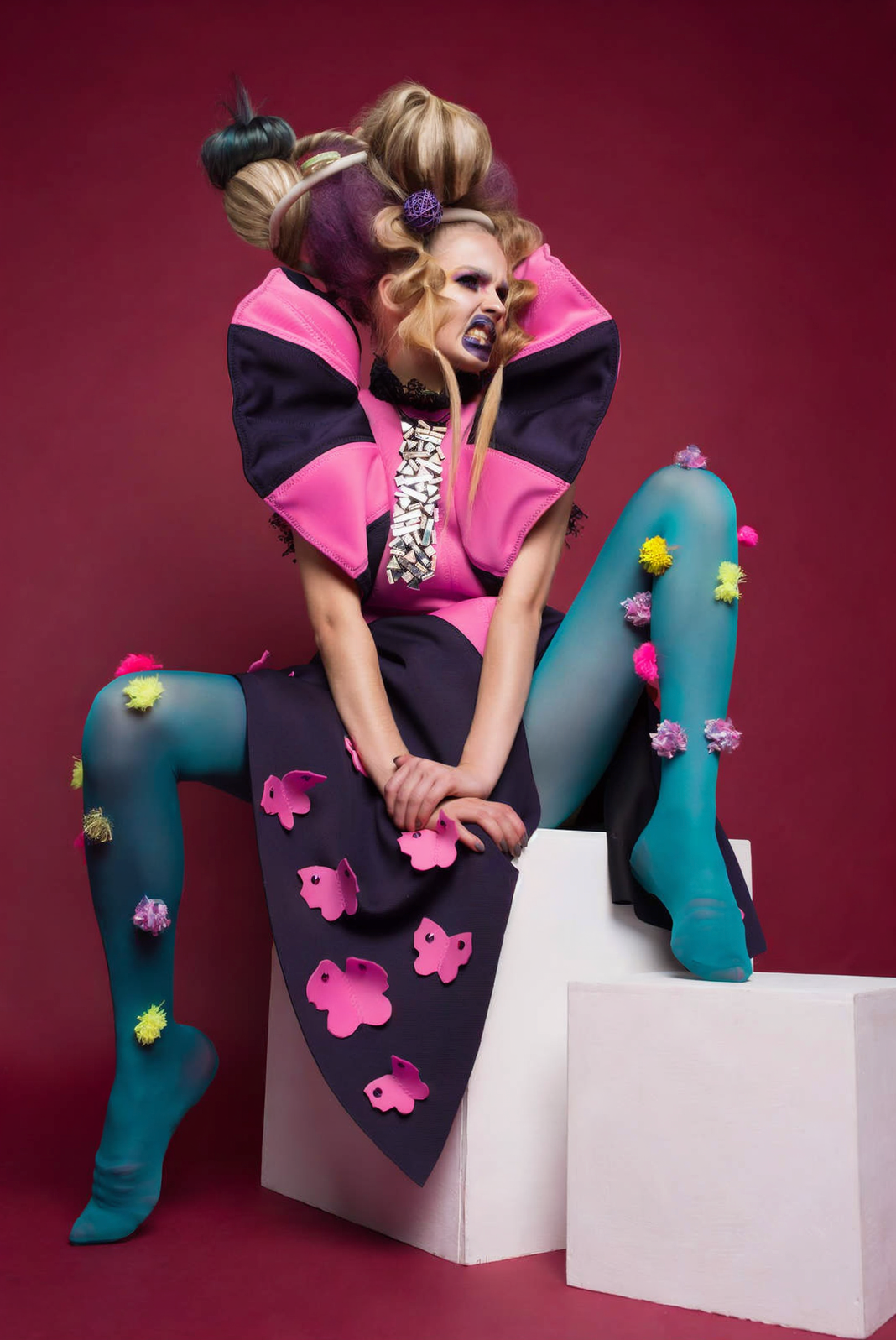In the world of fashion, innovation is the key to staying ahead of the curve. It’s the driving force behind the trends, the new materials, and the groundbreaking designs that shape the industry. But as fashion continues to evolve, one question often arises: Does fashion innovation have to look so weird? From unconventional silhouettes to bizarre fabrics, innovative fashion frequently challenges our understanding of what clothing should be.
In this blog, we’ll delve into why fashion innovation often appears strange, explore some key fashion innovation examples, and discuss how GAO is contributing to the ever-evolving landscape of fashion and innovation.
The Nature of Fashion Innovation
Fashion innovation is all about breaking boundaries and exploring new possibilities. It involves the introduction of new ideas, techniques, and materials that challenge the conventional norms of fashion. Whether it’s a radical new silhouette, a cutting-edge fabric, or an entirely new way of wearing clothes, innovative fashion is about pushing the limits of what’s possible.
However, this push for novelty and innovation often results in designs that seem strange or even bizarre. Why is that? The answer lies in the nature of innovation itself. To innovate is to create something new, something that has never been seen before. And with that comes a departure from the familiar, which can make innovative fashion seem weird or unusual at first glance.
Why Does Innovative Fashion Look So Weird?
The weirdness often associated with fashion innovation can be attributed to several factors:
-
Breaking Norms: Fashion innovation is inherently about challenging the status quo. When designers break away from traditional aesthetics and norms, the results can be jarring. Unconventional designs can seem strange because they deviate from what we’re used to seeing and wearing.
-
Exploration of New Materials: Many fashion innovations involve the use of new or unconventional materials. These materials may behave differently from traditional fabrics, leading to unusual shapes, textures, and finishes that can appear odd or out of place in the context of familiar fashion.
-
Avant-Garde Design: Some fashion innovations are deliberately avant-garde, meant to provoke thought or make a statement. These designs are often more about art and expression than practicality, resulting in clothing that challenges our ideas of function and wearability.
- Technology Integration: As technology becomes increasingly integrated into fashion, the resulting garments can seem strange or futuristic. Wearable tech, 3D-printed clothing, and digital fashion are all examples of how innovation can lead to designs that are far removed from traditional apparel.
Fashion and Innovation: A Symbiotic Relationship
The relationship between fashion and innovation is symbiotic. Innovation drives fashion forward, while fashion provides a platform for innovation to be explored and expressed. Throughout history, fashion innovation has often appeared strange or unconventional at first, only to become mainstream over time.
Consider some of the most iconic fashion innovation examples:
-
The Miniskirt: When the miniskirt was first introduced in the 1960s, it was considered scandalous and strange. Today, it’s a staple in women’s fashion, demonstrating how innovative fashion can evolve from weird to widely accepted.
-
Punk Fashion: The punk movement of the 1970s introduced a DIY aesthetic that included ripped clothing, safety pins, and unconventional hairstyles. Initially seen as rebellious and bizarre, punk fashion has since influenced countless designers and become a significant part of fashion history.
- Sustainable Fashion: In recent years, the push for sustainability has led to the development of new materials and production methods. From biodegradable fabrics to clothing made from recycled plastics, these innovations often look and feel different from traditional fashion, but they represent the future of the industry.
Innovation in Fashion Today
In today’s fashion industry, innovation is more important than ever. Designers are constantly seeking new ways to create, produce, and present fashion in a world that is rapidly changing. From the rise of digital fashion to the increasing focus on sustainability, innovation in fashion is reshaping the industry in exciting and sometimes strange ways.
Fashion Innovation Examples in the Modern Era
-
3D-Printed Fashion: Designers like Iris van Herpen have made waves with their 3D-printed garments, which look more like wearable sculptures than traditional clothing. These designs challenge our understanding of what fashion can be, pushing the boundaries of material and form.
-
Wearable Technology: The integration of technology into fashion has led to the creation of garments that do more than just clothe the body. From smart fabrics that monitor your health to shoes that track your steps, wearable tech is a prime example of how innovation in fashion can lead to designs that seem futuristic or even strange.
- Digital Fashion: With the rise of virtual spaces like the metaverse, digital fashion has become a new frontier for innovation. Brands are creating clothing that exists only in the digital realm, offering endless possibilities for creativity and self-expression.
GAO’s Approach to Fashion Innovation
At GAO, we embrace the weirdness of fashion innovation. We believe that pushing the boundaries of design and exploring new ideas is essential to the growth and evolution of fashion. However, we believe fashion innovation can still be attractive, practical, and serve the wearer/ consumer. While outlandish, unwearable art pieces generate buzz and attention, they lose functionality and appeal. Our collections strive to combine the two purposes, creating fashion innovations while adhering to traditional standards of aestheticism. In addition, our clothes are designed with the human form deeply in mind, aiming to flatter, accentuate and compliment the wearer’s body. GAO features elements of unconventional design, from asymmetrical silhouettes such as in the miniskirt, denim hoodie jacket, waterfall polo shirt, to unique draping such as the sweatshirt dress. We also use unique fabrics such as raw denim and different surface treatment, such as acid washing, reflecting our commitment to innovation.
We understand that innovative fashion can sometimes appear strange, but we see this as a sign of progress. It’s through these bold, sometimes unconventional designs that we’re able to explore new possibilities and redefine what fashion can be. Whether it’s through the use of sustainable materials, the integration of technology, or the exploration of avant-garde aesthetics, GAO is committed to staying at the forefront of fashion and innovation.
The Future of Fashion Innovation
As the fashion industry continues to evolve, innovation will remain a driving force. The future of fashion is likely to bring even more strange and unconventional designs as designers continue to push the limits of what’s possible. However, as history has shown, today’s weirdness can become tomorrow’s norm.
At GAO, we’re excited to be a part of this journey. We believe that by embracing innovation and challenging the status quo, we can help shape the future of fashion. We invite you to explore our collections and see how GAO is redefining fashion innovation for a new era.





